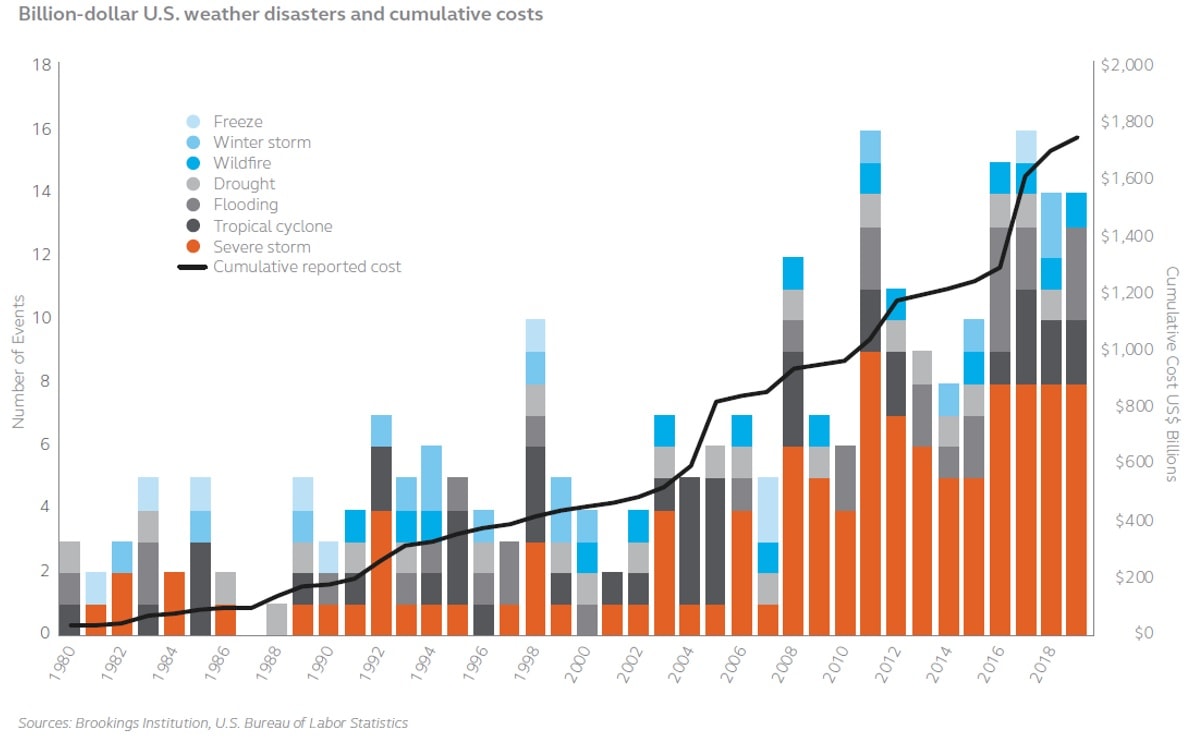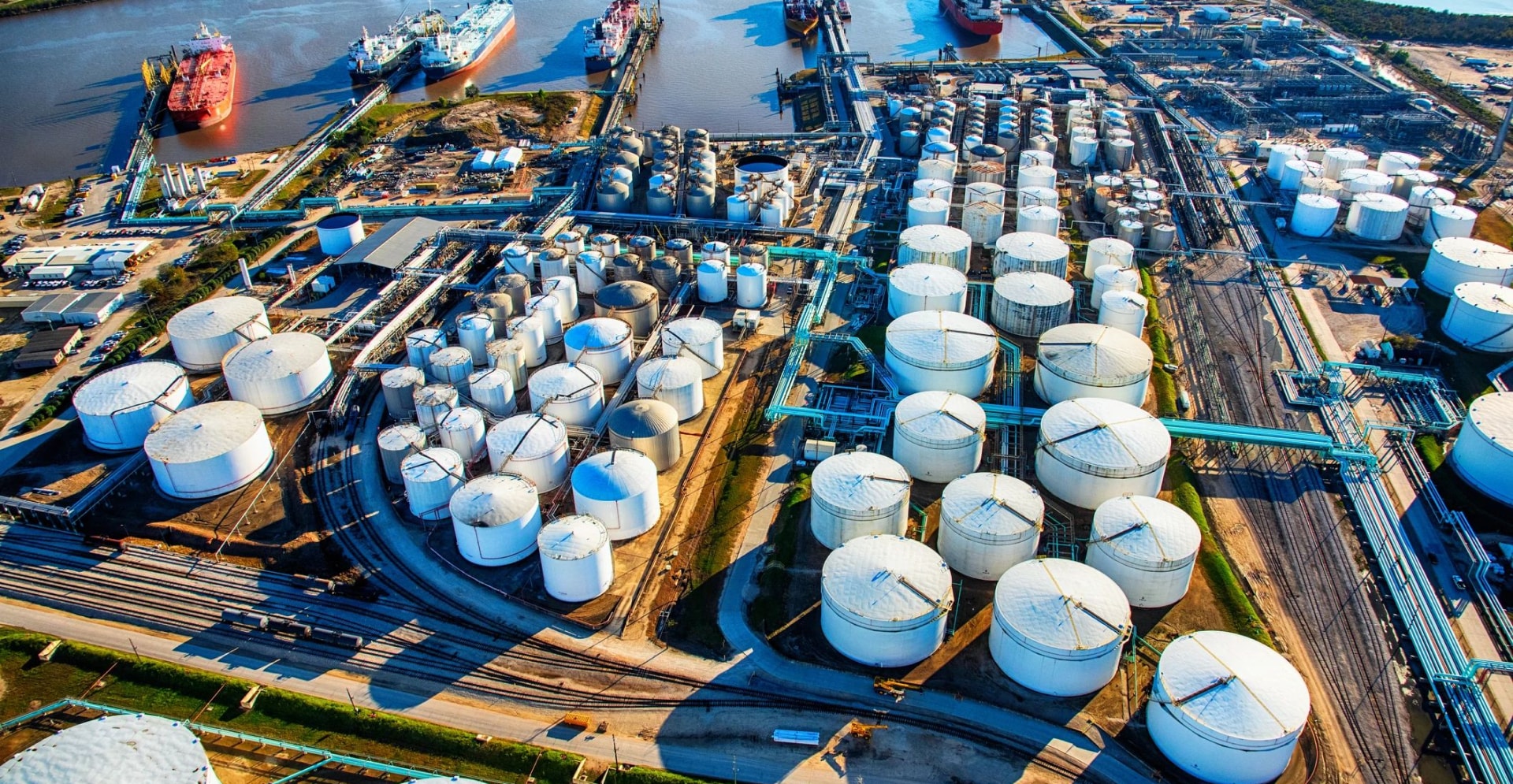Too often, companies pass on flood resilience investments in favor of projects designed to generate revenue. But with billion-dollar weather disasters becoming more frequent across the U.S., can organizations afford to continue rolling the dice?
Many industrial asset managers we frequently talk to about flood mitigation are in a predicament. They recognize the resilience gaps, but it can be difficult to get stakeholders on board. Management typically opts for income-generators rather than spending money on resilience solutions they may or may not need.
It’s understandable that some companies choose to roll the dice on resilience in favor of something that promises profit – they are businesses after all. But with catastrophic weather events on the rise, the odds of that gamble are getting tougher to beat.

We can’t outrun these storms forever
Our team got its start helping industrial organizations after one of those storms: Hurricane Katrina, the costliest in U.S. history. We worked alongside the Army Corps of Engineers to help restore New Orleans and build a protection system around the city. Those projects informed updated standards around flood resilience planning, including ways to pull the full spectrum of engineering disciplines (civil, structural, geotechnical, hydraulics, electric, mechanical, etc.) together into final designs.
It would have been great if Katrina and other major storm events were a bigger wakeup call for companies across the country to get proactive about flood mitigation. But in reality, we’ve been consistently “storm chasing” as devastating flood events reach new regions and inundate unprotected industrial facilities. And with the U.S. being hit by more and more billion-dollar weather disasters, it’s only going to get harder to keep up.
There are affordable alternatives to doing nothing
Getting buy-in for a proactive approach to flood resilience might not be an easy sell, but there is quantifiable value in the form of savings that can strengthen your position. Research from The National Institute of Building Sciences shows that every dollar spent on natural hazard mitigation creates an average of $6 in savings in the event of disaster. For hurricanes, that ratio climbs to 7:1.
Even if you manage to achieve some level of buy-in, budgets might be limited. Alternatives analysis can help you get the most bang for your buck. We like to think of it as a bag of tricks for finding the right balance of protection and cost. It incorporates variables such as available capital, priority assets, whether the solution will be permanent or temporary and so on to develop multiple options for bolstering resilience.
Having choices softens the financial impacts. There are staging approaches to minimize downtime or even keep a facility up and running as resilience solutions are being built. Similarly, projects can be phased so that you protect the most critical assets first while laying groundwork for a site-wide strategy. Small steps like these can be crucial to winning over skeptics and gaining support for larger projects.
Proactive industrial resilience is your best bet
Alternatives analysis is just a piece of the industrial resilience puzzle. In many cases, our teams are building on the work done by the other authors of the industrial resilience blog series (you can find links to those below). But alternatives analysis’s potential for optimizing capital might make it the piece your strategy has been missing. One thing is for sure: companies can’t afford to roll the dice on flood resilience forever, and the smart money is on becoming proactive.
This blog is the final entry in our series on industrial resilience. For more insights, read Beyond the models: Assessing industrial resilience and water risks, The 5 facets of effective industrial resilience planning, What industry can learn from Hurricane Harvey and Seeing industrial flood risks through a new digital lens.





